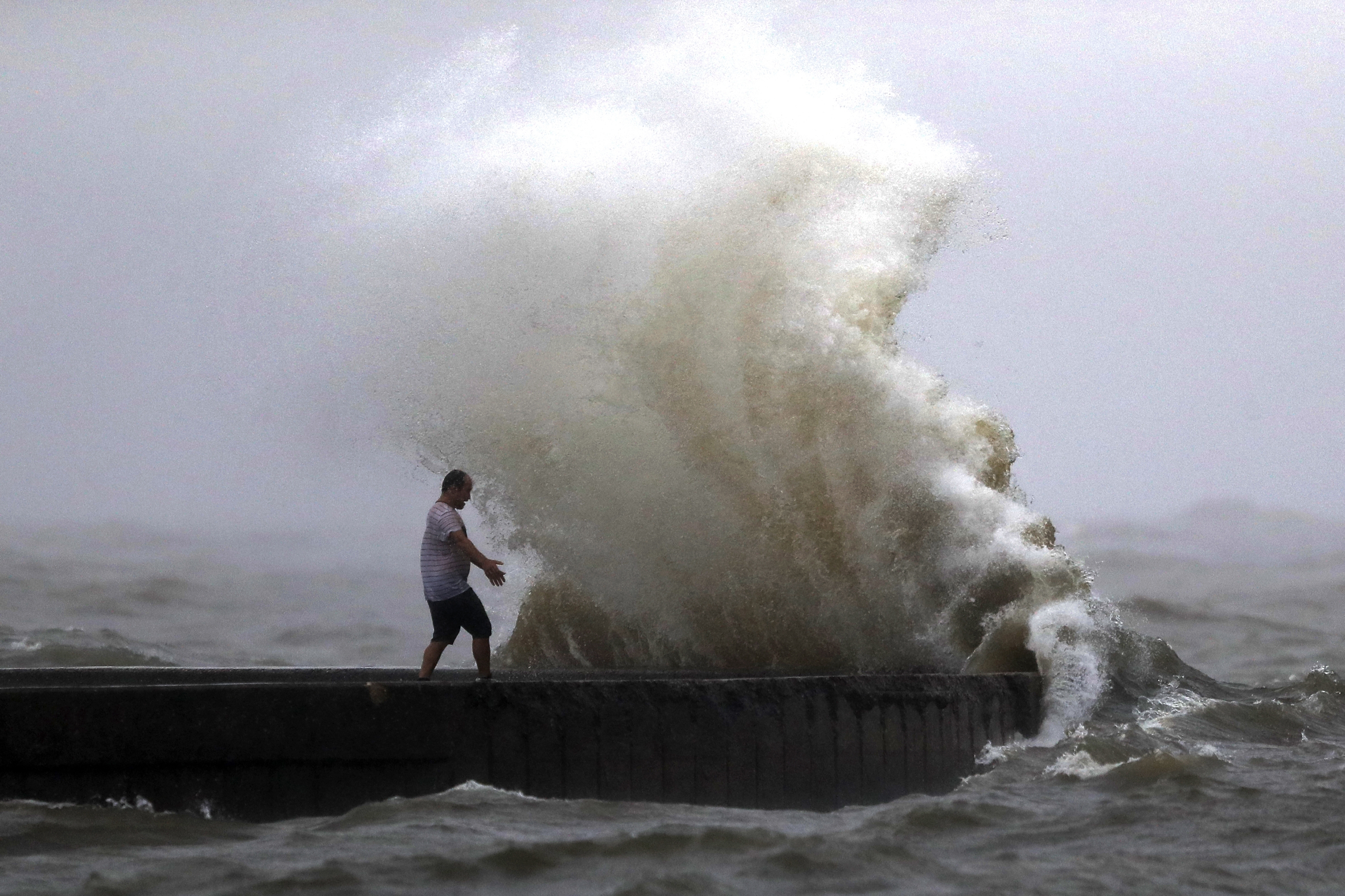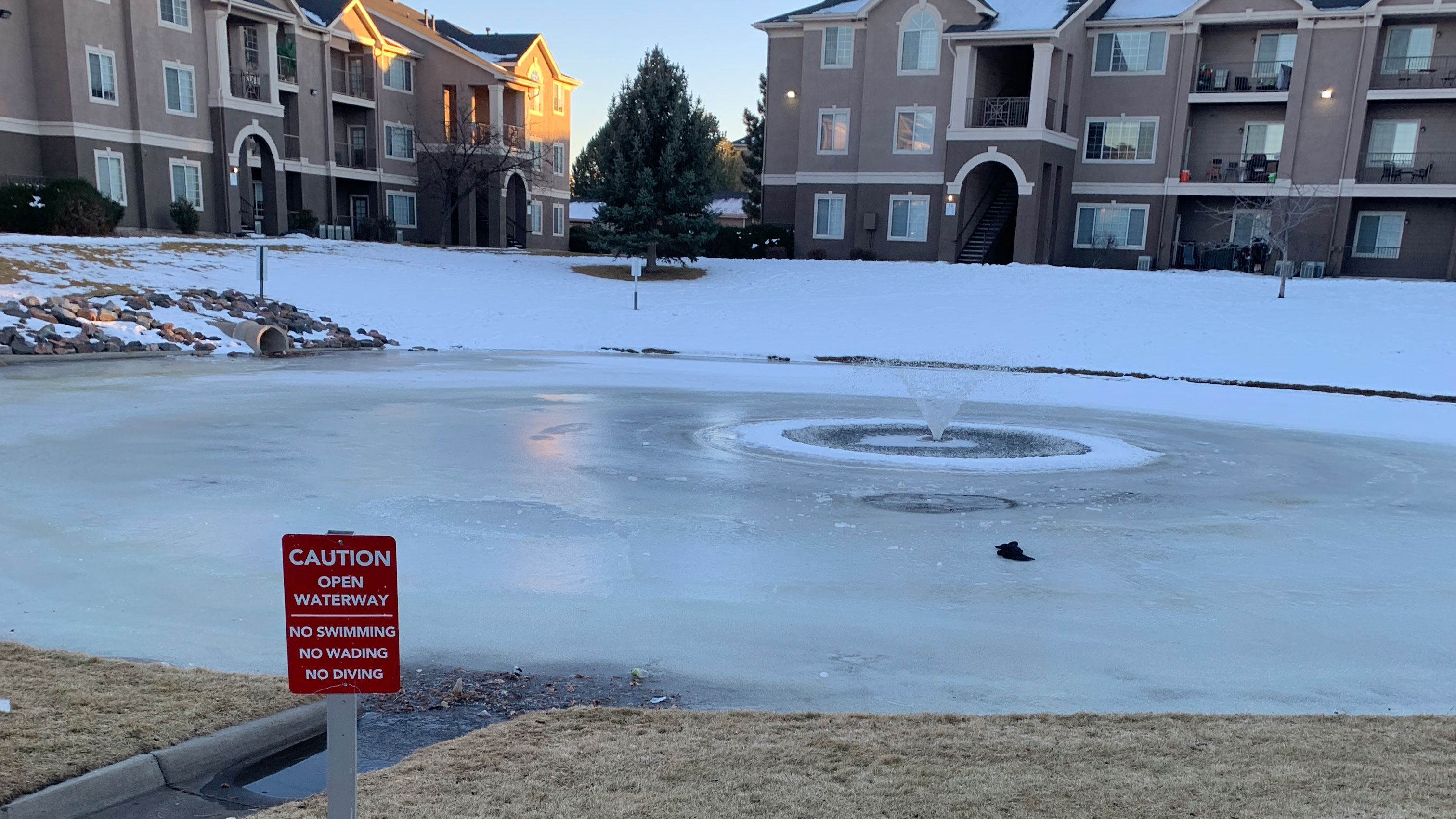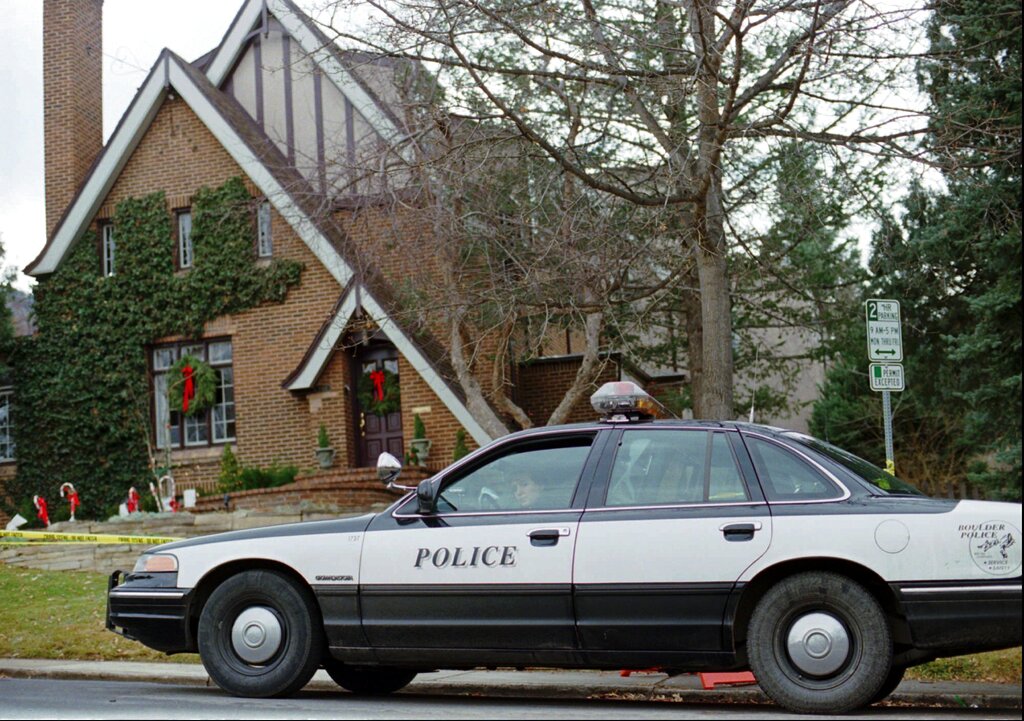RODANTHE, N.C. (WAVY) – The house at 23228 East Point Drive in Rodanthe collapsed into the Atlantic Ocean from pounding surf and wind around noon Monday.
The house collapse is just about a mile north from Ocean Drive, the site of several collapses last year in the Outer Banks. Two collapsed on the same day back in May. It’s another example of how beach nourishment is essential for Rodanthe, and how it is greatly lacking.
“We are concerned,” said Dare County manager Bobby Outten. “We don’t like the houses going in, but there are a few more in peril, and we are likely to have more. The only solution we have available to us is to do some type of beach nourishment down there.”
But there’s a big, multi-million dollar issue at play.
There’s no money left over after Dare County spent around $72 million last year for much of the county.
“We don’t have funds available,” Outten said from outside his county office in Manteo. “We don’t have federal funds or state funds or county funds to do a project down there to solve those problems, so the answer is either let them fall, or find some method to remove them, or find funding to do beach nourishment to protect them all those efforts are ongoing, but they are not successful yet.”
Currently, Dare County awaits the finalizing of a study that should tell officials how much they will need to save Rodanthe.
In January, Dare County officials held a meeting about the issue and said they’re looking at all options – including state and federal help – to deliver beach nourishment to the area. The study is expected to be released later in March.
“We have a study to give us a number to start looking for funding sources,” Outten said. “I guess that study will be out before the end of the month.”
Part of the reason for Rodanthe’s decline in beach nourishment is the completion of the newly-opened Jug Handle bridge nearby that bypasses the infamous S curves on Pea Island entering Mirlo Beach.
The state would replenish the Rodanthe beach as part of the effort to clear Highway 12 from sand and ocean water after major storm and tidal events, but when the bypass bridge around the part that floods was complete, there was no need for the state to continue the nourishment program.
“The project is done, and when the bridge opened the state no longer needed to hold the beach in place to protect the road, so they stopped,” Outten said.
The bottom line?
When the state stopped, there was nothing done to shore up the beach.
“The problems began to exacerbate down there,” Outten said, “and by then, we had already done all the nourishment programs around the county, and now Rodanthe needs it, and we don’t have enough money to do it.”
We found Derrick Gorton from Florida taking a look at a house that’s no longer there.
“We see a couple of houses, and we got pictures of them still up,” Gorton said. “Then I was out walking to play some basketball and now it is gone. The house is gone, it blew my mind.”
After homeowners are notified, it is their responsibility to pay for cleanup and get dangerous debris above the high-water mark.
The National Park Service said it is communicating with the owner of the home most recently lost to the sea to coordinate the removal of the house and all related debris on the beach. Cape Hatteras National Seashore visitors are asked to be cautious about potential debris on the beach and in the water.
“When the house is gone, they can’t rebuild,” Outten said. “There’s not enough land for them to rebuild. There Is not enough land there for them to rebuild to get septic on it and the things you need to have a house.”
There are also four homeowners next court over from the house crippled by the raging surf, and there is no occupancy allowed there until their septic tanks are buried, drain fields restored and access to homes fixed too.
It should also be noted that when beach nourishment takes place, the homes lost cannot be rebuilt.
“That’s true,” Outten said. “The state owns the nourishment, not property owners. They will not benefit from it except their protection from it, but it doesn’t improve your zoning capability.”
Gorton understands why these homes are in peril.
“I was in the Navy,” Gorton said. “By the way I’ve seen some 20, 30-foot waves, and this is the closest most fierce wind I’ve ever seen.”










































































































